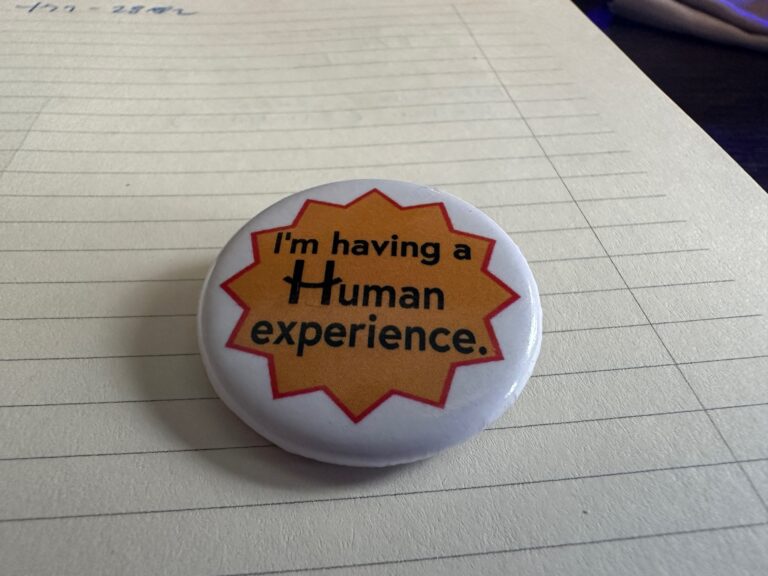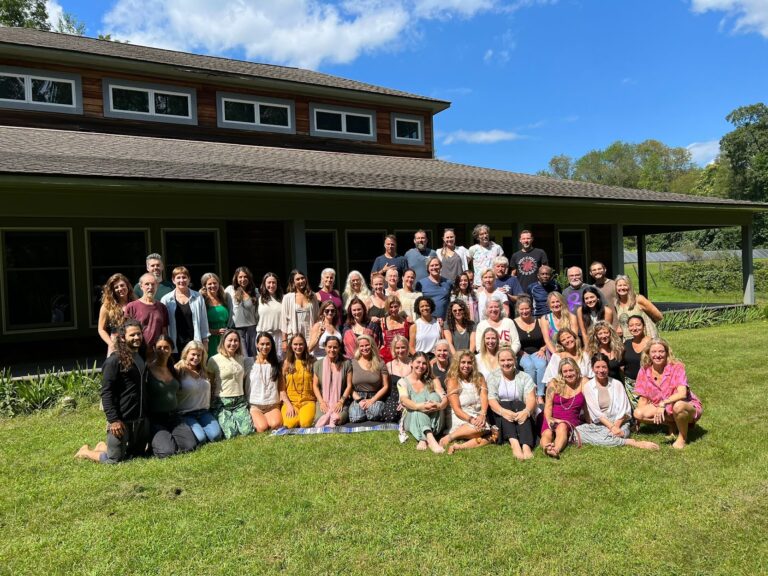If You Feel It, You’re Doing It
On Sundays, Jenn and I have attended “Sacred Sunday Yoga” at True Center Yoga here in Randolph. We’ve had this ritual for many years, but Emily Harvey Dooley, our instructor has closed the business for the next 3-4 months while she recreates her vision for the studio in a new location. In the interim, Jenn and I are taking the opportunity to try some other classes online. This Sunday we did a great 40-minute Yin series. Yin Yoga is cool because it focuses on deep tissue release by featuring long holds in fewer positions than is typical in Vinyasa (often one breath, one pose). During the online session we were doing, the instructor said “If you feel it, you’re doing it” as he talked about doing the work of Yin and balancing how hard you push into each pose.
If you feel it, you’re doing it.
This statement really struck a chord with me. It has as much truth in Yoga as it does in our process of healing. Many of us, myself included, have spent a good portion of our lives trying to not feel the deep emotions we have. For years, the deep anxiety and sadness I lived with led me to numbing methods like drugs, alcohol, TV and food. For others, the method is simply to disassociate from the feelings they have. For those who don’t know, Dissociation is a process in which a person disconnects from their thoughts, feelings, memories, behaviors, physical sensations, or sense of identity – typically in response to a trauma. For most of us, we are doing what we need to do to survive, harmful or not. As we open the door to the idea of healing our traumas, it’s important to recognize that trauma is not caused by the event itself, but rather develops by the failure of the body, mind, spirit and nervous system to process extreme adverse events. In order to process these traumatic events, we need to accept and feel the emotions that we’ve been avoiding.
Where do you feel your emotions? Most of you probably answered that you feel them in different parts of your body, depending on the emotion. When I experience severe anxiety, I feel it in the upper center of my chest. When I feel anger, I often feel it in my face and head. We all feel our emotions. The physical feelings that we experience, while often painful enough to make us want to avoid them, are also the key to our emotional freedom. There are a number of techniques that focus on body-centered emotional healing. Dr. Peter Levine’s process of Somatic Experiencing (www.somaticexperiencing.com), for example, helps to build resilience and enhances the individual’s capacity to have new empowered bodily (interoceptive) experiences, those that contradict the previous traumatic ones of fear, overwhelm and helplessness.
Dr. Deb Sandella’s RIM (Regenerating Images in Memory) is another approach to releasing emotional traumas that focuses on body-sensing. When we (Jenn & Chris) are working with our clients, they will often encounter an emotion that is painful or uncomfortable. Early in our training, most RIM students are inclined to help the client get out of that discomfort. This tendency for “rescuing” the client is pretty common (I can speak from personal experience here). But, as our practice grows, we soon learn that having the client move into the discomfort and rest in it (with safety resources present) is where the work really gets done. “If you feel it, you’re doing it.” From my personal experience as a client doing RIM, I can say that very often when I sit in something that is emotionally difficult or painful for a few minutes, the discomfort subsides or changes in a way that moves the process forward. I’ve had clients apologize for being emotional during our sessions, but from my perspective, it’s in those moments that the magic of release can really happen. In the acknowledgement and bodily experiencing of those emotions we can finally let them go.
If you’re feeling it, you’re doing it.







